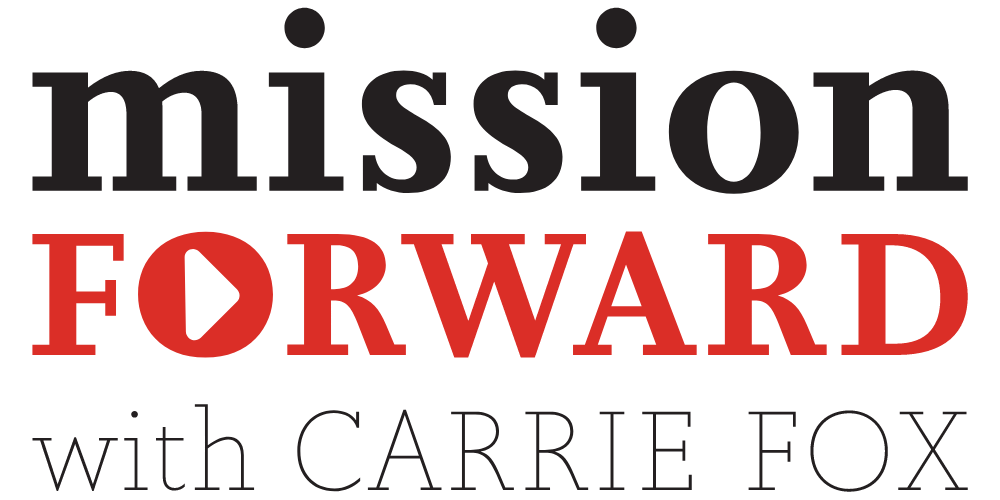Ready for the Pitch.
This article is part of Finding the Words, a newsletter that delivers practical insights on the day’s issues.
Recently, my kids have gotten hooked on Shark Tank, the reality show where budding entrepreneurs try to convince a group of millionaire “sharks” in the tank to invest in their companies. Each entrepreneur has just a few moments to pitch their idea. Stakes are high, and dreams are on the line as small businesses hope to hit the big time.
Our family will watch one or two pitches after dinner together and marvel at the fantastic entrepreneurs and inventions featured on the show, from the Ring doorbell (first called Doorbot) to the Comfy and, my favorite to date, the Cup Board Pro. Some pitches make us laugh, and others make us cry (see: Cup Board Pro). We’ll marvel at the confidence of the kids who appear on the show and the influence that an appearance on Shark Tank has on the product’s sales, even when an entrepreneur doesn’t get the sharks’ investment.
The more we watch these pitches to the sharks, the more our kids learn what it takes to deliver a compelling idea, what makes a good pitch, and what techniques generally fail. It turns out Shark Tank is more than a reality show; it’s also a regular lesson in effective communication techniques. (And yes, this is what you get when you have me as a mother.)
In celebration of National Inventors Month (yes, it is!) and in service of helping you land your next pitch, here are a few key themes that have stuck with us:
Today’s bad idea is tomorrow’s breakthrough idea. Sometimes the sharks get it wrong. They don’t see the promise of an idea, or they get too money hungry and ask for more than is fair. When I worked with the XPRIZE Foundation, founder Peter Diamandis often said, “The day before something is truly a breakthrough; it’s a crazy idea.” And it’s true. Not everyone will believe in your big idea on day one. Most people did not believe in my business idea when I opened a mission-driven PR firm in 2004. Many people told me that an agency servicing primarily nonprofit organizations would fail in the first year. Good thing I didn’t listen. If you believe in your idea, if it has merit, and benefits society, then carry that big idea forward. Don’t let the sharks have the last word.
It’s not what you say; it’s how you make people feel. You can’t expect your pitch to be remembered if it falls flat on delivery. Aim for something unexpected to ensure your audience feels your passion, just like Steve Gadlin did in this dancing pitch about cat drawings that won over Mark Cuban. As my mentor, Don Foley, says (and as I shared in a previous week’s column), the takeoff and landing of any presentation matter, and they’re the best chance to capture and keep your audience’s attention. Use your natural talents to bring your audience into the story with you. That’s how you can make your pitch stick. And pitches made to stick are more successful in moving people to action.
You don’t need to look the part to play the role. If you’ve ever stopped short of pursuing a great idea because you didn’t have “what it takes,” think again. If I had listened to the voice in my head every time I had a doubt, I wouldn’t have pursued most of my ideas over these past 20 years, including this big idea just featured in Inc Magazine. You DO have what it takes to inspire others and to create an impact. Being enthusiastic about your work is the best way to inspire your audience to share in your enthusiasm. It’s OK if you’re still learning. Just don’t forget to take stock of what you do know.
Bottom Line: The best pitches come from the heart. If you want people to come along with you, find ways to make them feel your passion, understand your creative solution, and remember your idea’s unique value. Make your next pitch personal, and you’ll find people wanting to become part of the story with you.
This post is part of the Finding The Words column, a series published every Wednesday that delivers a dose of communication insights direct to your inbox. If you like what you read, we hope you’ll subscribe to ensure you receive this each week.







I know the feeling of wanting more from a colleague—and the feeling of personally underdelivering. Even when I’ve given something my all, sometimes the results are less than I hoped. Those moments can be defeating, and they can knock us off course. If they happen too often, they’re a certain recipe for job transition. So, I’ve come to navigate these requests differently in recent years.